In today’s world, energy efficiency has become a major concern for homeowners, affecting both environmental impact and household budgets. One often overlooked way to enhance energy efficiency is through a roof replacement. While it may seem like a significant investment, the benefits extend far beyond aesthetics. A new roof can improve insulation, reduce energy costs, and even increase your home’s overall comfort and market value. Understanding the ways a roof replacement contributes to energy efficiency helps homeowners make informed decisions and appreciate the long-term advantages of this essential home upgrade.
1. Improved Insulation for Year-Round Comfort
One of the most immediate benefits of a roof replacement is the potential for improved insulation. Over time, roofing materials can deteriorate, allowing heat to escape during winter or enter during summer. Modern roofing materials have advanced considerably, offering superior thermal resistance that keeps indoor temperatures more consistent. This means your air conditioning and heating systems don’t have to work as hard to maintain comfort, ultimately lowering energy bills. Beyond energy savings, improved insulation ensures a more stable indoor climate, preventing cold drafts and overly warm areas that can make your home uncomfortable. A roof replacement, therefore, is not just about structural protection—it’s a key factor in creating an energy-efficient, comfortable living environment.
2. Energy-Efficient Roofing Materials
Another major advantage of roof replacement is the opportunity to select energy-efficient roofing materials. Today’s market offers innovative options, such as cool roofs, which reflect sunlight and absorb less heat than traditional shingles. By reducing the amount of heat transferred into your home, these materials decrease the demand on air conditioning systems during warmer months. The long-term energy savings of energy effiecient roofing materials often make the costs worthwhile. According to LLC Buddy, in North American roofing projects, roofing replacements account for 94% of the overall volume and 91% of the value, highlighting the prevalence and significance of these upgrades. Choosing the right material during a roof replacement ensures that your home is not only protected but also optimized for energy efficiency over its lifetime.
3. Enhanced Ventilation and Airflow
Beyond insulation and material selection, a roof replacement also provides the opportunity to improve ventilation. Modern roofing systems are designed to enhance airflow, reducing the accumulation of heat and moisture in the attic. By promoting proper airflow, a roof replacement helps maintain a cooler home in the summer and a warmer one in the winter while reducing energy use.
By upgrading your roof, you benefit from superior insulation, energy-efficient materials, and enhanced ventilation—all factors that work together to reduce energy consumption and lower utility bills. Beyond financial advantages, a new roof contributes to a healthier, more comfortable living environment while protecting your home from the elements. Taking the time to plan and select the right materials ensures that your home will remain energy-efficient and well-protected for years to come. For professional roof replacement services that maximize your home’s energy efficiency, contact M&D Roofing and Renovations.

